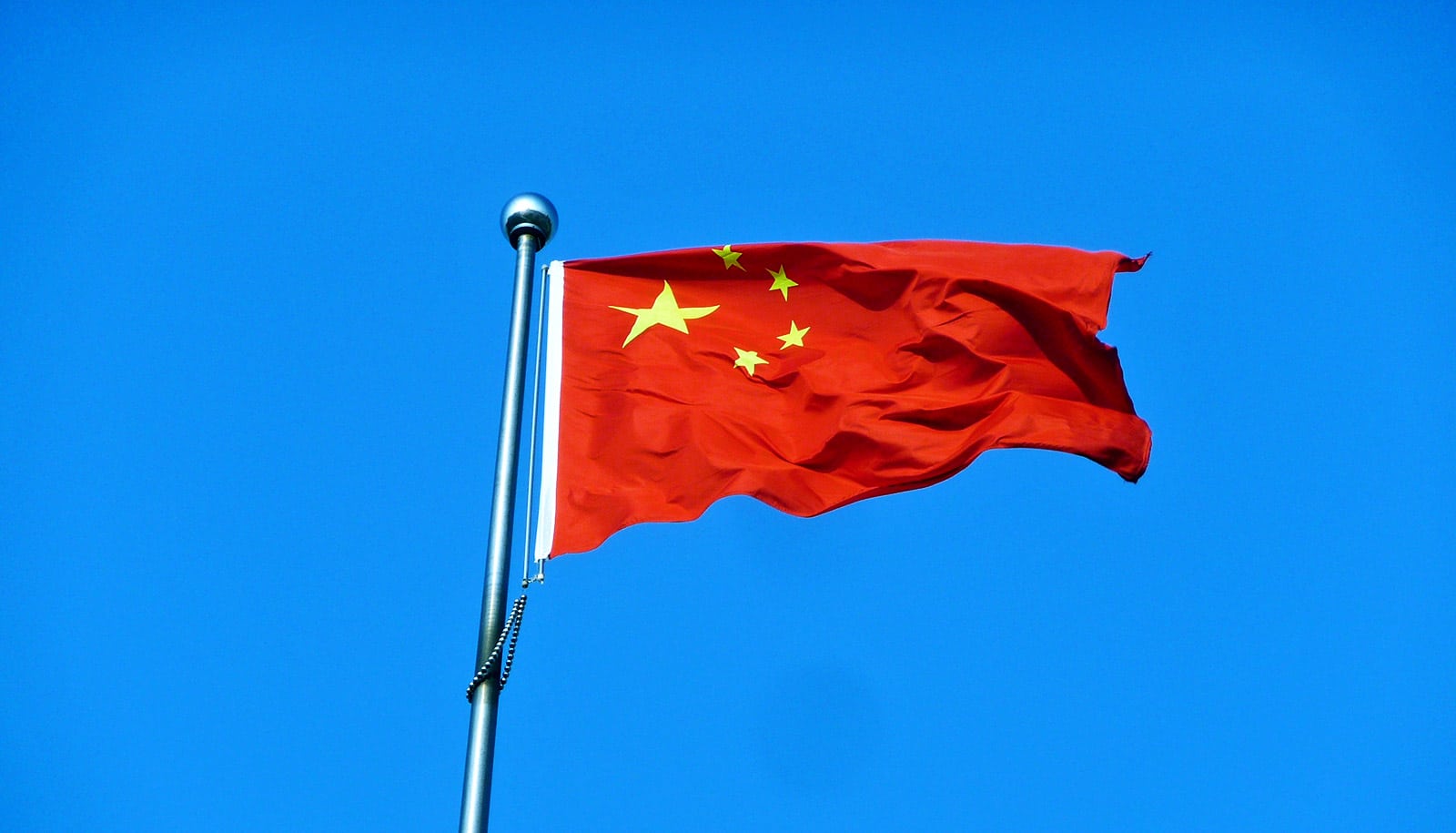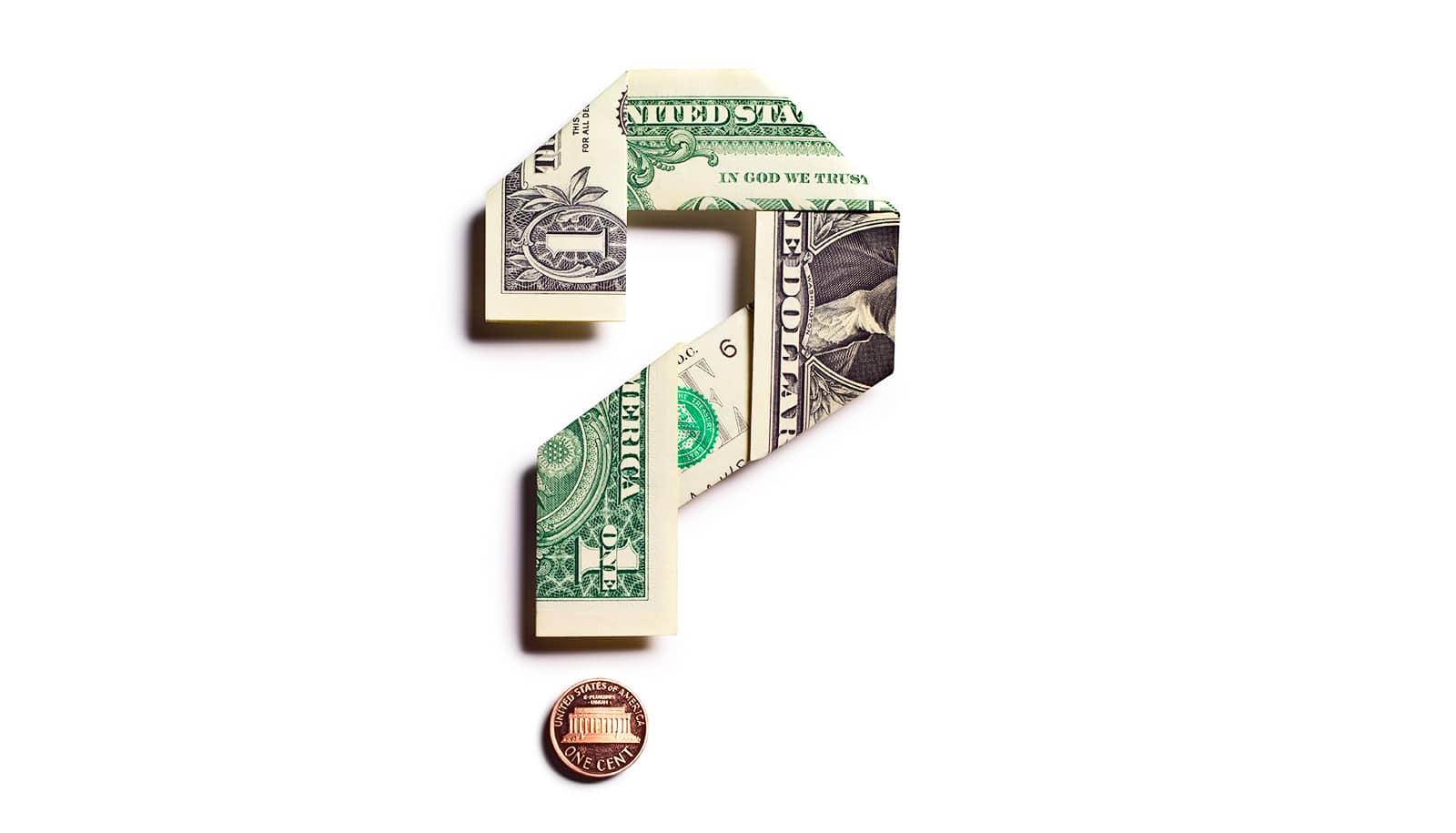President Trump announced stiff new tariffs in March, hitting back at China for what he calls “the unfair and harmful acquisition of US technology.” According to a 2017 report by the United States Trade Representative, Chinese theft of American intellectual property currently costs between $225 billion and $600 billion annually.
How extensive is intellectual property theft in China? Why does it happen? How can it be stopped? Paul Goldstein, a professor at the Stanford University Law School discusses the issues around intellectual property theft and trade.
Is the estimate in the US Trade Representative (USTR) report, in your opinion, accurate?
The very width of the estimate should indicate how much guesswork has gone into the numbers game. The challenge in coming up with a more precise number stems less from uncertainties about the valuation of the stolen IP than from differing views as to what IP in fact is being appropriated and how.
How do Chinese companies take intellectual property? Is it theft?
Historically, the oldest forms of appropriation of American and other foreign-created intellectual goods were film, record, and software piracy, and counterfeiting of luxury goods and pharmaceuticals.
As is happening today, IP got injected into the trade process, but the waltz was long and slow. The USTR would complain of China’s failure to halt piracy of US-created goods; the two countries would enter into a MOU [memorandum of understanding] in which China would agree to clean up its act; three years later the USTR would identify continuing violations and come back and say, “this time we really mean it;” and the two countries would enter into another, more detailed MOU, and so on.
Eventually what happened was that, as China’s domestic copyright industries found themselves competing with cheap knock-offs of foreign goods, they pressed the Chinese government to fortify the IP enforcement process on its own. (To put this in perspective, this is also what happened a century earlier in the US, which until 1890 failed to protect foreign works, and then waited yet another century before joining the major international copyright treaty.)
Although piracy and counterfeiting remain issues in China, the two newer forms of siphoning off foreign IP value are theft—often cyber theft—of extraordinarily valuable trade secrets and know-how, and the technology transfers required of American and other foreign companies as a condition to doing business on Chinese soil. Traditions of territoriality and sovereignty, as well as the willingness of foreign companies to trade IP for access to the Chinese market, give the latter a degree of legitimacy that outright industrial espionage lacks.
What tools are available for the president to address intellectual property theft?
Section 301, which is the trade lever presently being deployed by the Trump administration, was amended in 1984 to authorize the president to impose trade sanctions against countries that failed adequately to protect intellectual property rights. However, trade sanctions are a very blunt policy instrument, satisfactory perhaps in the relatively unusual situation where a country’s legislation fails to protect subject matter or rights as required by a governing treaty, but far less satisfactory as a tool against individual depredations, which are usually better dealt with through criminal or civil law enforcement.
How ‘Made in China’ got a bad reputation
American IP owners have in recent years enjoyed increased success in enforcing their rights in Chinese courts. Also, the Economic Espionage Act, passed by Congress in 1996 in response to FBI and CIA reports of industrial espionage not only by China, but also by Cuba, France, Israel, and Russia, added federal criminal sanctions to the civil liability for trade secret theft already imposed by state law. In 2016, Congress added civil remedies to the criminal penalties.
Addressing these discrete appropriations with trade sanctions is like performing microsurgery with a sledge hammer.
How do you think this challenge is best addressed? How can China and other countries be made to adhere to intellectual property agreements?
Within the confines of trade, that’s a hard question. A friend who oversaw IP policy for the USTR several administrations ago once commented to me that people thought of the USTR as John Wayne rushing into dens of IP iniquity, six-shooters ablaze, when the reality was that he was Archie Bunker shooting off nothing more than his mouth.
The US and other countries have achieved important successes under the World Trade Organization’s TRIPs Agreement [Trade-Related Aspects of Intellectual Property Rights] with a dispute resolution process that is far more deliberate than the 301 process. But, although many sober voices have argued for this as the preferable route, it’s far from clear that TRIPs will cover all of the forms of IP appropriation that are the object of the current 301 process, or that the current administration has the will or the patience to follow this avenue. And there are other trade alternatives, such as a bilateral investment treaty with China that could draw on the IP provisions of the so-called TRIPs-Plus free trade agreements with other countries.
Source: Stanford University



